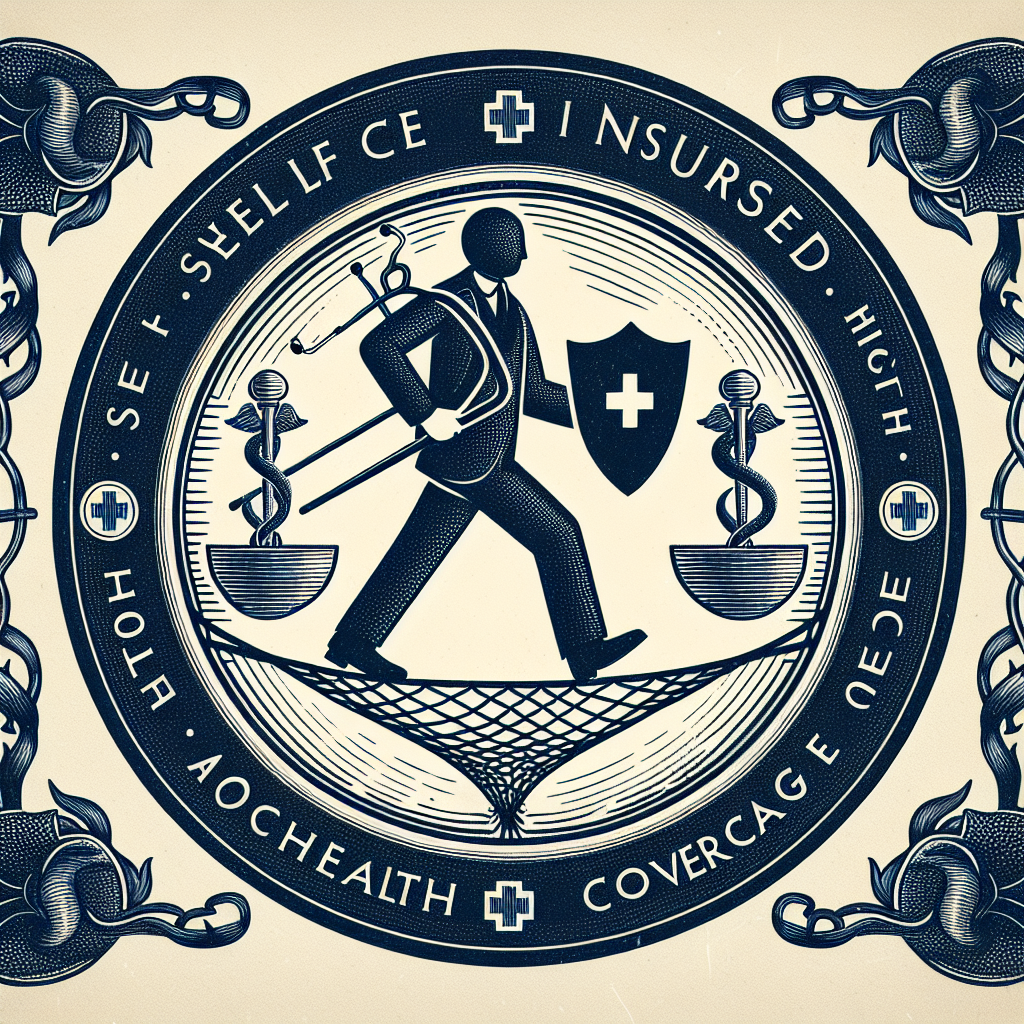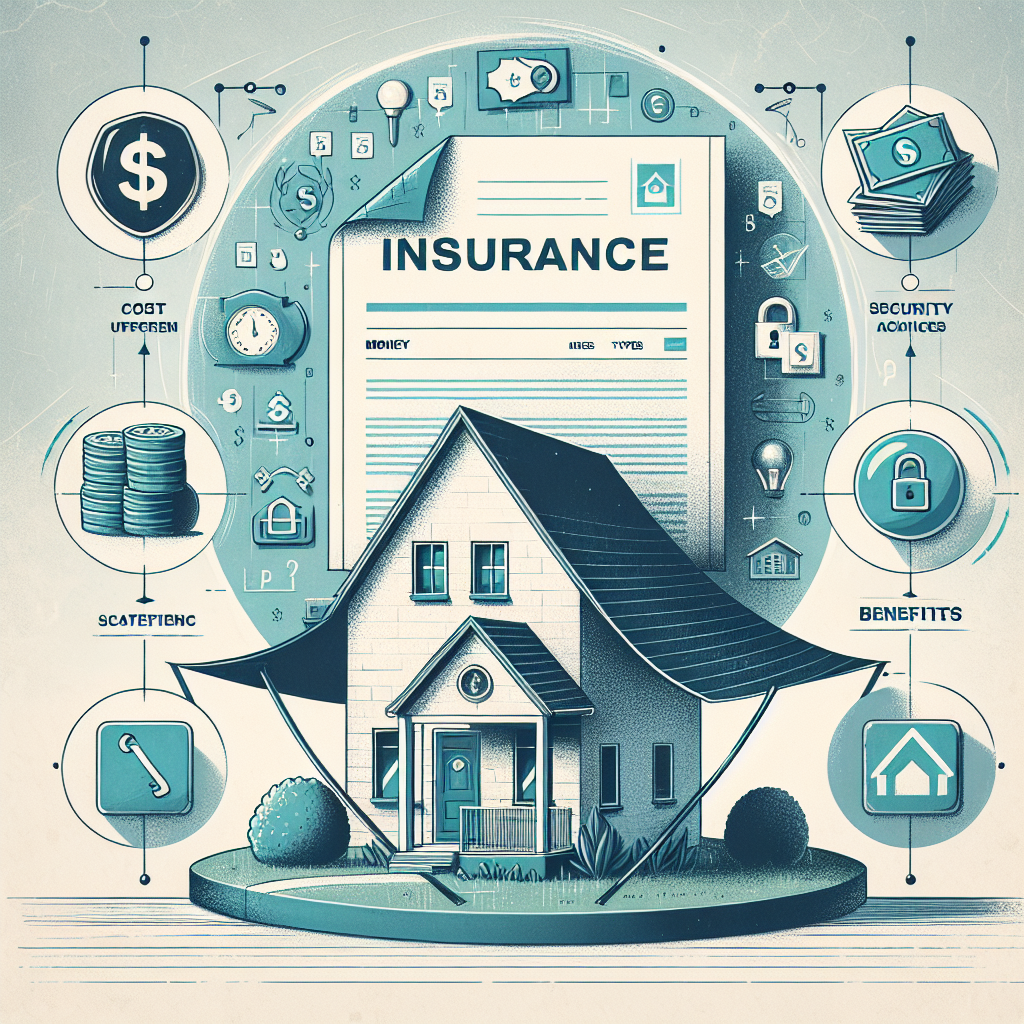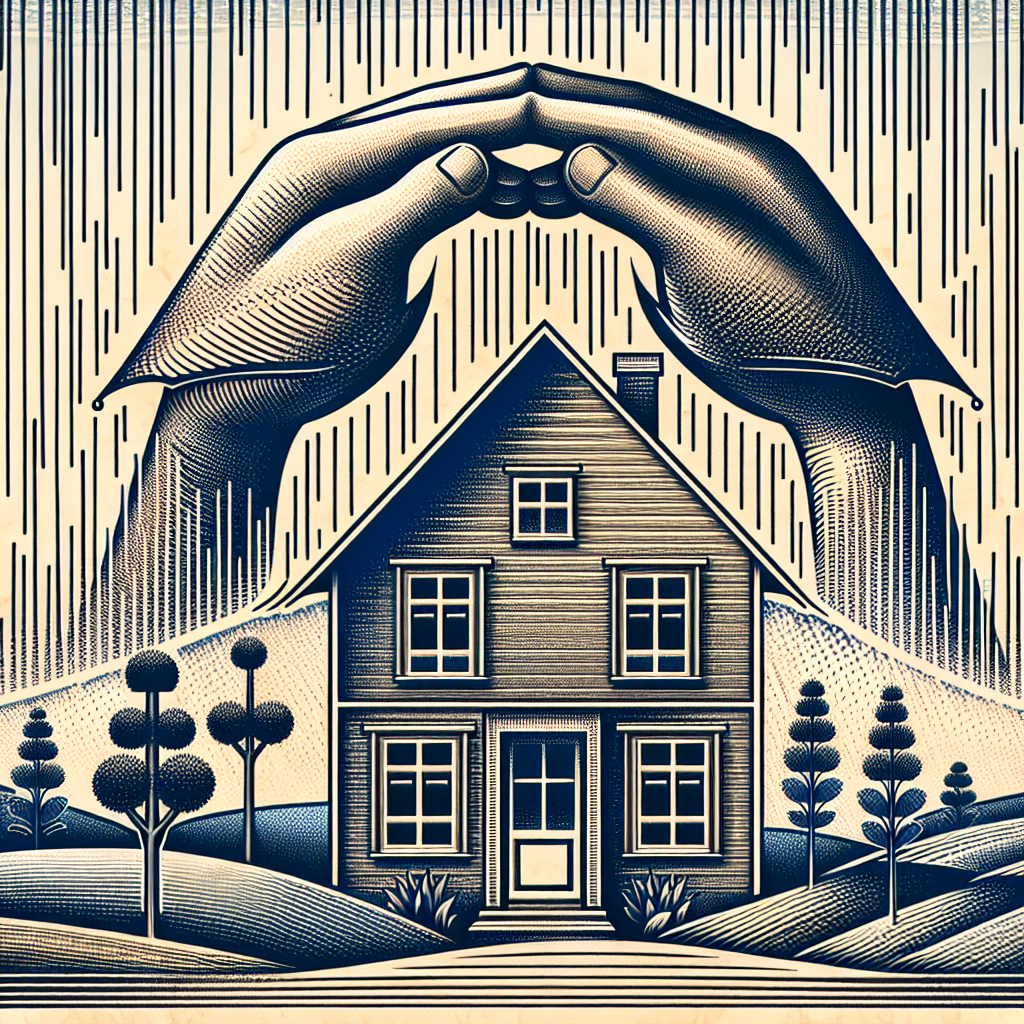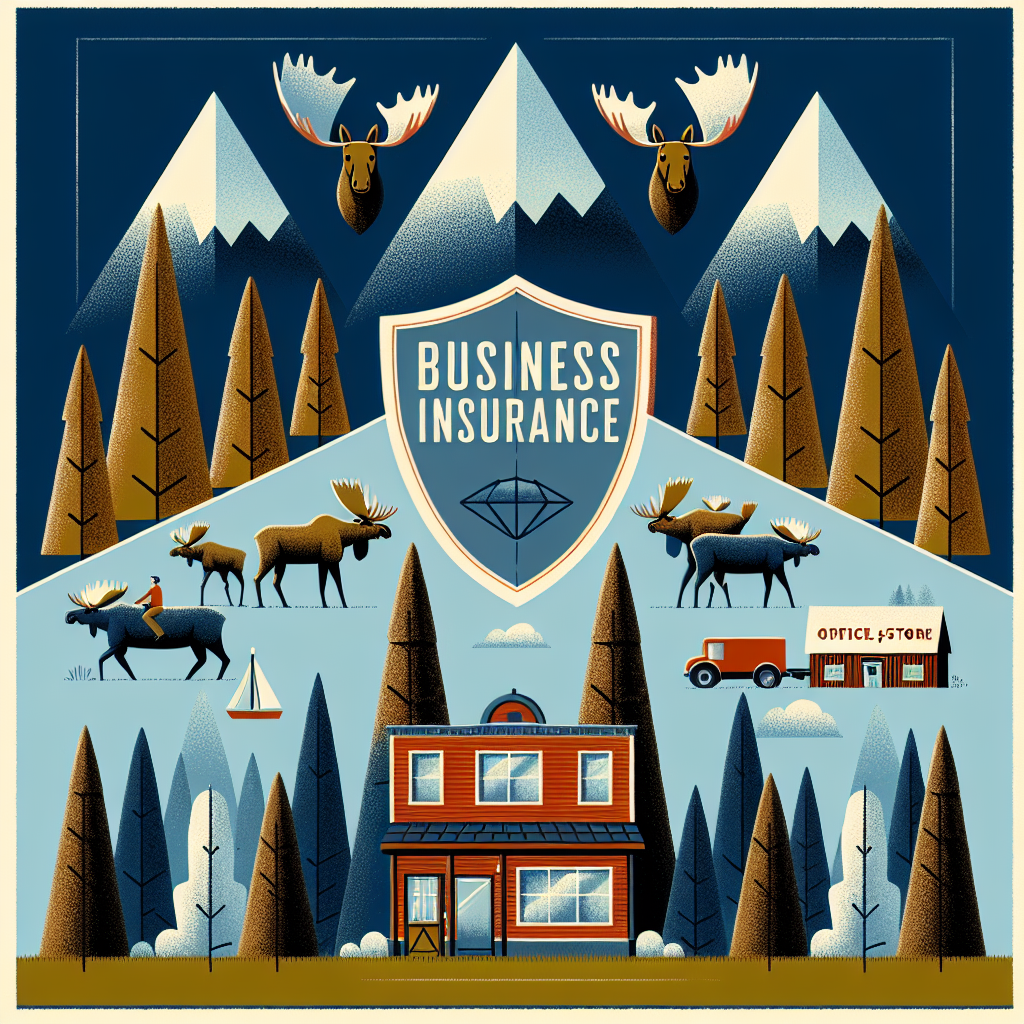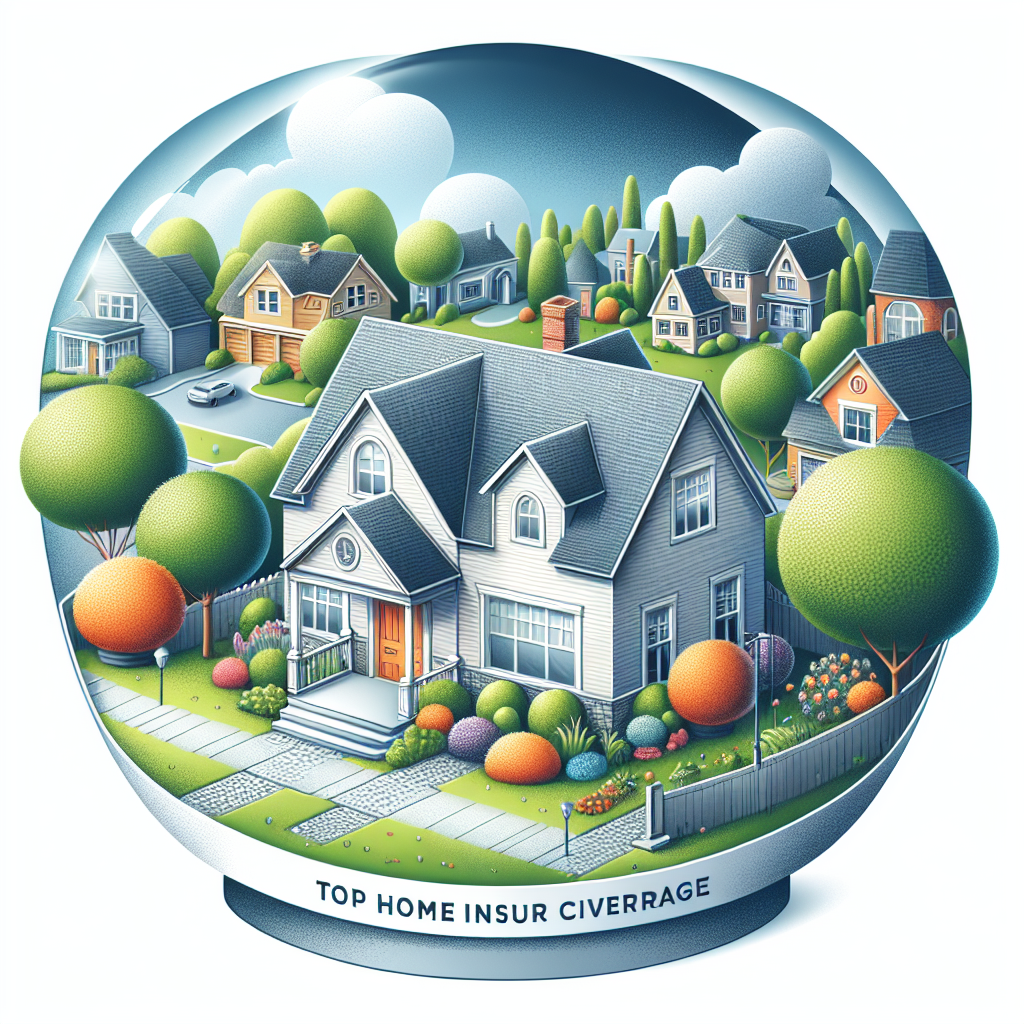Filed under Home Insurance on
Mobile Home Insurance Coverage in Fayetteville, AR
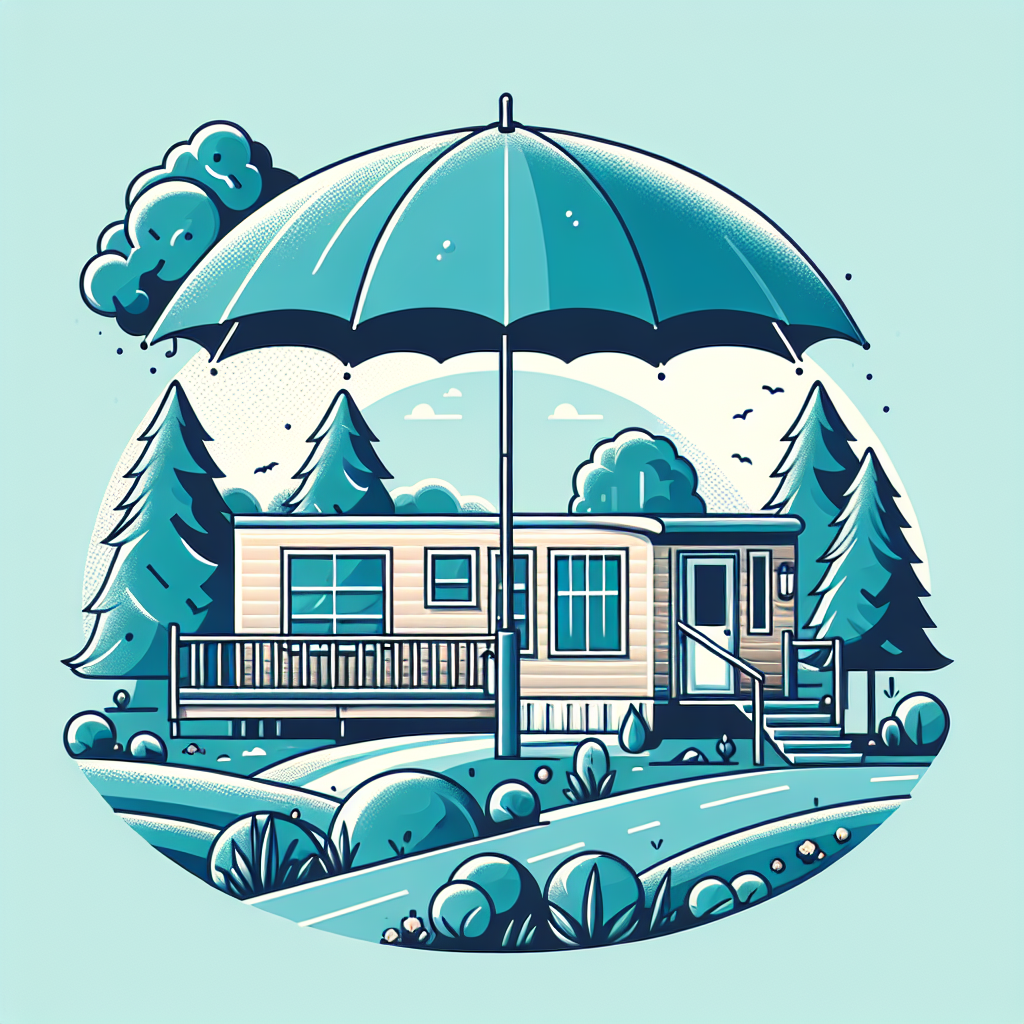
Northwest Arkansas is growing fast, and so is the number of manufactured and mobile homes across Fayetteville and the surrounding Ozarks. With that growth comes a practical question for homeowners: what protection do you really need? If you’re comparing Mobile Home Insurance Coverage in Fayetteville, AR, this guide breaks down the essentials in plain language, so you can confidently choose coverage that fits your home, lifestyle, and budget.
Manufactured, Mobile, and Modular: Why Definitions Matter
Insurance companies care about how your home was built because construction standards affect risk. Here’s the quick breakdown:
- Manufactured home: Built in a factory to the federal HUD Code (June 15, 1976 or later) and delivered to the site. Most “mobile homes” on the market today are technically manufactured homes.
- Mobile home: Commonly used term for pre-1976 factory-built homes (pre-HUD Code). Insurers will still cover many, but terms and eligibility can differ.
- Modular home: Built in sections to local/state building codes, then assembled on-site and generally insured like a standard site-built home.
Knowing your home’s build date, manufacturer, and whether it meets HUD standards helps you get more accurate quotes and the right endorsements.
Understanding the Fayetteville Risk Picture
Fayetteville’s climate brings a distinct mix of risks. Spring and early summer often bring severe thunderstorms with hail and high winds. The region sits on the edge of Tornado Alley, and while direct hits are not everyday events, NOAA records show Arkansas regularly sees severe convective storms with damaging winds and hail. Winter ice events, occasional lightning-related fires, and water damage from burst pipes round out the picture. Dense tree cover and rural-urban interfaces can also add debris and wildfire exposure in dry spells. All of these conditions shape how insurers price and structure coverage in Washington County.
What Shapes Mobile Home Insurance Coverage in Fayetteville, AR
Several local realities influence pricing and eligibility:
- Wind and hail frequency: Roof condition, age, and material matter. In hail-prone ZIP codes, carriers may require higher wind/hail deductibles or specific roof standards.
- Foundation and tie-down systems: Proper anchoring, skirting, and storm straps lower loss severity and may reduce premiums.
- Proximity to firefighters and hydrants: Being closer to a fire station or hydrant can improve rates.
- Community vs. private land: Homes in managed communities might benefit from park maintenance standards; rural sites may face different wind and fire exposures.
- Claims history: Prior wind, water, or liability claims can affect eligibility and price.
These factors are why two similar homes can see different quotes. Insurers are granular in how they assess risk street by street.
Core Coverages to Expect
Dwelling (Coverage A)
This protects the structure itself—walls, roof, built-in fixtures, and attached structures like porches. Confirm whether your policy is Actual Cash Value (ACV), which deducts for depreciation, or Replacement Cost, which pays to rebuild with like kind and quality without depreciation (up to the policy limit). In a hail-heavy area, replacement cost on the roof can be a difference-maker.
Other Structures
Detached sheds, carports, and fences typically have a percentage limit of the dwelling coverage. Make sure it’s high enough for your outbuildings.
Personal Property
Your belongings—furniture, clothes, electronics—are covered for named perils such as fire, wind, hail, and theft. Consider a personal property Replacement Cost endorsement, so you’re not stuck with depreciated payouts for items like TVs or appliances.
Loss of Use (Additional Living Expense)
If a covered loss makes your home uninhabitable, this helps pay for temporary housing, increased food costs, and other necessary expenses while repairs are completed. Check limits carefully—ALE is crucial after major wind or water damage.
Personal Liability
Protects you if someone is injured or their property is damaged due to your negligence. Standard limits often start at $100,000, but many agents suggest $300,000–$500,000 or higher, especially if you have assets, frequent visitors, or certain dog breeds. Medical payments to others offers limited no-fault coverage for minor injuries on your premises.
Trip Collision Coverage
Unique to manufactured homes, this optional coverage applies if your home is damaged while being moved from one location to another. If you plan to relocate your home, ask about this endorsement and any requirements for licensed movers.
Popular Endorsements for Fayetteville Owners
- Replacement Cost on Dwelling and Personal Property: Avoids depreciation deductions.
- Water Backup: Covers damage from sump pump failure or drain/sewer backup.
- Equipment Breakdown: Extends to systems like HVAC, appliances, and electrical surge damage.
- Service Line: Repairs to underground utility lines on your property.
- Screened Enclosure/Carport Enhancements: Helpful if wind or hail targets these structures.
- Identity Theft and Cyber: Growing relevance as more devices are connected at home.
Common Exclusions and How to Fill the Gaps
All policies have exclusions. The goal isn’t to avoid them entirely—it’s to understand and plan around them.
- Flood: Standard mobile home policies don’t cover flood (rising water from outside), which requires separate coverage through the National Flood Insurance Program or private flood insurers. Even if you’re outside a high-risk zone, localized flash flooding can happen; consider your site elevation and drainage.
- Earth Movement: Earthquake and landslide are typically excluded but can sometimes be endorsed or purchased separately.
- Wear and Tear: Maintenance issues—roof leaks from age, rot, or gradual deterioration—are not covered. Keep records of upkeep.
- Infestation and Mold: Often excluded or limited. Some policies allow a fungus/mold add-on with sublimits.
- Vacancy: Extended vacancy can reduce or void coverage for certain perils. Tell your insurer if the home will be unoccupied.
- Animal Liability: Some carriers exclude specific breeds or cap limits. Read the fine print if you have pets.
Ask your agent to map these exclusions against your property’s unique risks. This is where Mobile Home Insurance Coverage in Fayetteville, AR should be tailored, not templated.
How Much Does It Cost in Fayetteville?
Premiums vary widely based on the home’s age, size, location, roof type, foundation, coverage limits, deductibles, credit-based insurance score, and prior claims. For many homeowners in Northwest Arkansas, annual premiums for a well-maintained manufactured home commonly land in the mid-hundreds to low-thousands range. In neighborhoods with higher wind/hail exposure or older roofs, rates trend higher.
Industry surveys and insurer filings suggest manufactured home policies often price between roughly $600 and $1,400 per year in many Arkansas markets, though quotes below and above that range happen. Replacement cost, low deductibles, and higher liability limits push premiums upward. Bundling with auto, installing protective devices, or upgrading your roof can help pull them back down.
Because hail is a key cost driver, some carriers use a separate wind/hail deductible. It might be a flat amount or a percentage of Coverage A (for example, 1%–2%). A 2% deductible on a $100,000 Coverage A equals $2,000 for wind or hail claims—plan accordingly.
Choosing the Right Insurer and Policy
Several national and regional carriers write policies for manufactured homes, sometimes through specialized subsidiaries. Independent agents can quote multiple carriers to find the right fit. Direct carriers may offer streamlined online purchasing. For Mobile Home Insurance Coverage in Fayetteville, AR, think through the following decision points:
Replacement Cost vs. Actual Cash Value
With ACV, a 12-year-old roof damaged by hail could result in a much smaller payout after depreciation. Replacement cost pays to repair or replace with like kind and quality (up to your limits). In a hail-prone market, replacement cost—especially on the roof—often pays for itself over time.
Deductible Strategy
Consider a higher all-perils deductible to lower the base premium, but be cautious with wind/hail percentage deductibles. Model a couple of loss scenarios to ensure you’re comfortable with your out-of-pocket.
Liability Limits and Umbrella
Accidents happen—falls on stairs, dog bites, or property damage from a fallen tree. Many households choose at least $300,000 in personal liability. If you want a bigger safety net, ask about a personal umbrella policy that extends liability (often in $1 million increments) over your home and auto.
Bundling and Discounts
- Multi-policy: Home and auto with the same carrier can cut costs.
- Protective devices: Alarms, smoke detectors, and fire extinguishers can help.
- Roof and tie-down upgrades: Demonstrable mitigation improvements may earn credits.
- Claim-free and loyalty: Staying claim-free and with the same company over time can reduce premiums.
Community Rules and Master Agreements
If your home sits in a manufactured housing community, ask management about common area responsibilities, tree maintenance, and any master liability policies for shared spaces. Clarify what you must insure versus what the park covers, so there are no gaps or duplicates.
Underwriting: What Carriers Look For
Home Age and Condition
Carriers often have age thresholds and may require proof of updates to roofing, electrical, and plumbing. Photos or inspections are common, especially for older homes.
Roof Type and Age
Shingle condition, decking, and prior hail damage matter. Some carriers use roof surface endorsements that pay differently for cosmetic versus functional damage—know how yours works.
Foundation and Anchoring
Tie-down systems, piers, and skirting reduce wind vulnerability. Evidence of professional installation and maintenance improves eligibility.
Location, Utilities, and Access
Distance to fire services, hydrants, and usable road access influence fire risk. Upgraded electrical panels and properly installed HVAC help avoid fire and breakdown claims.
Household and Lifestyle
Occupancy (primary residence vs. seasonal), number of residents, pets, and home-based businesses can impact underwriting and needed endorsements.
Claims Preparedness for Storm Season
Before a Storm
- Maintenance: Keep the roof in good shape, clear gutters, and secure skirting.
- Tie-Down Check: Verify anchors and straps are tight and corrosion-free.
- Inventory: Create a photo/video inventory of your belongings and store it digitally.
- Document Upgrades: Save receipts for roof improvements or protective devices.
- Know Your Deductibles: Especially wind/hail—have emergency funds set aside.
After a Loss
- Protect the Property: Tarp the roof, shut off utilities if needed, and prevent further damage.
- Document Everything: Photos and videos from multiple angles, lists of damaged items, and saved receipts for temporary repairs.
- Call Your Carrier or Agent: Report promptly to start the claim and confirm next steps.
- Track Additional Living Expenses: Keep receipts for lodging, meals, and extra mileage if you’re displaced.
- Use Approved Contractors: Follow carrier guidance and local codes; get written estimates.
Regulatory and Consumer Resources
The Arkansas Insurance Department regulates carriers and policies statewide. The department offers consumer education and can assist with disputes. Industry research from the Insurance Information Institute highlights nationwide trends, including the growing share of weather-related losses. The Manufactured Housing Institute provides insights about construction standards and safety improvements over time. Referencing these sources when you review quotes helps you ask better questions and understand trade-offs.
Frequently Asked Questions
Is wind and hail damage covered?
Yes, wind and hail are standard named perils on most manufactured home policies, but pay attention to deductibles and any cosmetic damage limitations. Cosmetic exclusions may apply to metal roofs or siding—clarify the specifics before buying.
Is flood covered under my policy?
No. Flood requires a separate policy. Even outside high-risk flood zones, intense downpours can cause flash flooding. Consider your site grading, nearby creeks, and past water issues when deciding on flood insurance.
How much personal liability do I need?
Many households opt for at least $300,000. If you have significant assets or a higher risk profile (pool, trampoline, frequent guests), consider higher limits or a personal umbrella policy.
What about my deck, carport, or storage shed?
These are typically covered under Other Structures. Verify the limit and consider increasing it if you have larger or upgraded structures.
Can I get coverage if my home is older?
Often yes, though carriers may require photos, updates to roofing or utilities, and may offer ACV instead of replacement cost. An independent agent can help you locate carriers comfortable with older homes.
Does my park’s policy cover my home?
Usually not. Community policies typically cover common areas and liability for shared spaces. Your home, belongings, and personal liability remain your responsibility.
How much is Mobile Home Insurance Coverage in Fayetteville, AR?
Prices vary, but many owners see annual premiums in the mid-hundreds to low-thousands. Replacement cost, roof condition, deductibles, and wind/hail exposure are the biggest drivers. Get quotes from multiple carriers to compare value, not just price.
Can I move my home and still be covered?
Yes, but only with the proper Trip Collision endorsement and typically when moved by licensed professionals. Notify your insurer in advance to avoid gaps.
Sample Coverage-Building Checklist
- Confirm dwelling limit equals the realistic cost to rebuild your home in Fayetteville’s market.
- Choose replacement cost for the dwelling and personal property if available.
- Set personal liability to at least $300,000; consider an umbrella for added protection.
- Add water backup and equipment breakdown for modern risk profiles.
- Review wind/hail deductible—flat vs. percentage—and model your out-of-pocket.
- Evaluate flood insurance based on site elevation and drainage.
- Increase Other Structures if you have a large deck, carport, or shed.
- Document tie-downs and roof condition to improve eligibility and pricing.
Bringing It All Together
A strong policy balances protection and price, focusing on the real risks you face in Northwest Arkansas. That’s the value of personalized Mobile Home Insurance Coverage in Fayetteville, AR: it accounts for hail exposure, anchoring systems, roof age, community rules, and your financial comfort with deductibles. Start with the must-haves—solid dwelling limits, replacement cost where possible, and meaningful liability—then tailor endorsements to your home and lifestyle.
For the most efficient shopping process, gather your HUD data plate or serial number, year of manufacture, roof age, tie-down details, photos, and a list of improvements. With that information in hand, an experienced agent can compare multiple carriers quickly and clearly explain differences in deductibles, endorsements, and exclusions.
When you approach Mobile Home Insurance Coverage in Fayetteville, AR as a customized plan rather than a one-size-fits-all purchase, you avoid costly gaps and surprises. Whether you live near campus, on a wooded ridge, or in a managed community, the right coverage lets you ride out storm season with confidence—and get back to normal faster if something goes wrong.
Final tip: Revisit your policy every 12 months. Construction costs, severe weather trends, and your home’s condition change over time. An annual checkup keeps your coverage aligned with reality.
